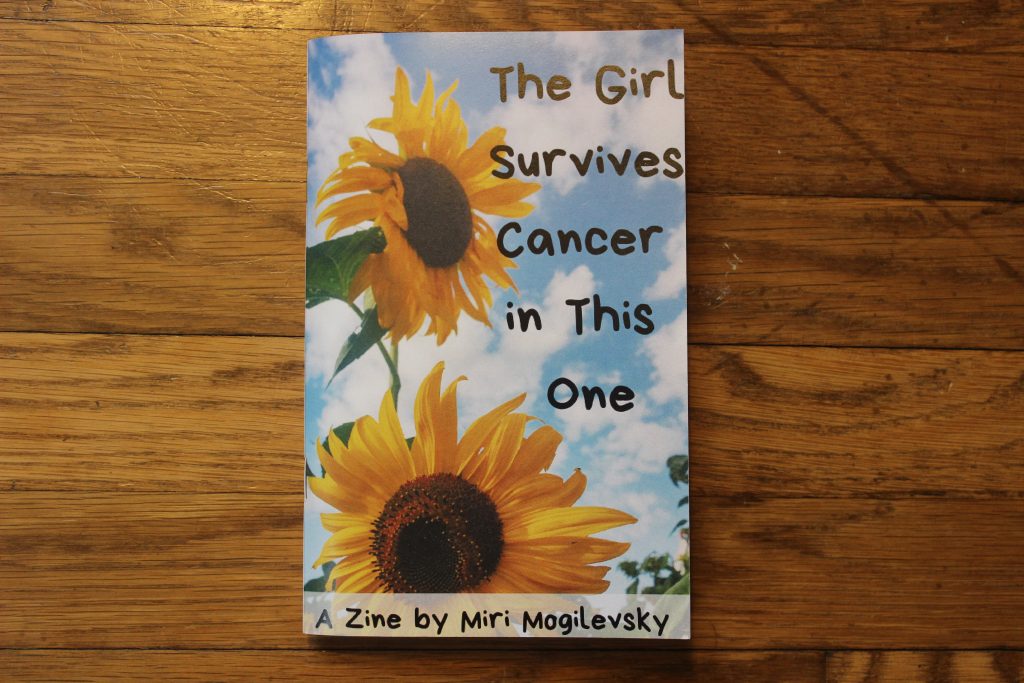This is a cross-post from my professional blog, where the most updated version of this will be.
The field of mental healthcare has its roots in medicine. The earliest mental health professionals were doctors—psychiatrists. Like medicine, psychiatry and clinical psychology are based on the process of assessing patients’ symptoms, performing some sort of test if needed, assigning a diagnosis, and creating a treatment plan based on that diagnosis.
This is a very sensible approach for most medical issues. If I appear at my primary care doctor’s office complaining of persistent headaches, she shouldn’t just treat the headache by prescribing a painkiller. She should refer me to someone who can figure out what’s causing the headache, and then treat that condition, whether it’s extreme stress, a head injury, a bacterial infection, a brain tumor, or some other problem.
Even though we’ve been treating mental health issues this way for at least a century, it’s not the best way to treat them. And many psychiatrists, therapists, and researchers are starting to realize that.
That’s why we’re finally starting to see approaches to assessment and treatment of mental illness that move away from the much-argued-about diagnoses in the DSM, and sometimes away from the concept of mental illness altogether. Psychologists such as David Barlow, Rochelle Frank, and Joan Davidson have been working on so-called transdiagnostic approaches[1]; the newest edition of the DSM includes a chapter about a proposed new way to diagnose personality disorders that’s based on specific personality traits rather than broad, stigmatized labels[2].
I’m looking forward to the day when the field as a whole has shifted to these types of approaches entirely. For now, I needed a tool I can use with clients to help them (and myself) understand what they’re dealing with and access helpful resources and support. So I created my own informal dimensional assessment.
Continue reading “Building Blocks of Mental Distress: A Dimensional Assessment of Mental Illness” →





